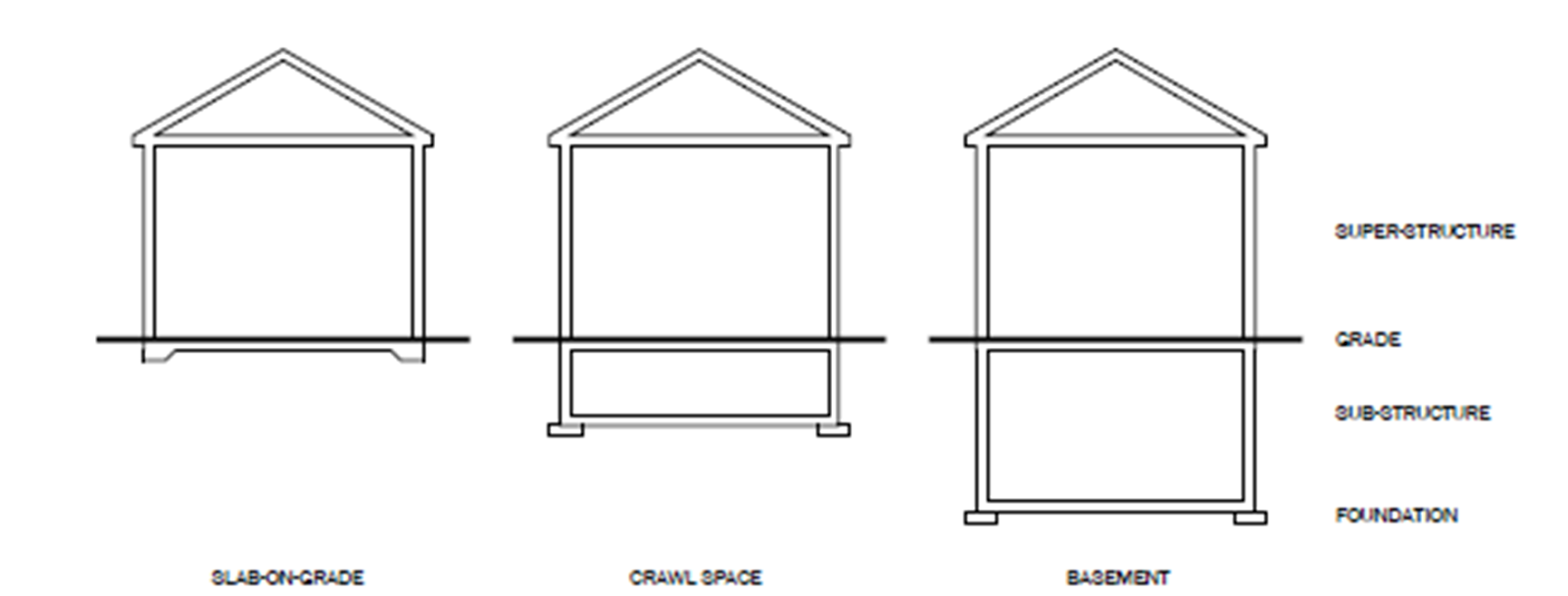Week 3: Site Considerations and the Building Enclosure
In the world of building design and construction, the processes are constantly changing for the better. The four traditional divisions are structural systems; mechanical, plumbing, and electrical systems (MPE); enclosure systems; and interior systems.
The site on which the building is built is processed by a landscape architect, civil engineer, and interior designer. It is the architect's job to make sure that the building is placed on the site with a good relationship to the sun, winds, and appurtenances impact energy use and the light going into the interior. Not only does this have to be aesthetic, but it also needs to be regulatory, and environmental, both natural and manmade.
There is a lot of importance placed on the position of the building concerning the sun. The daylight hours need to be able to reach inside the building and provide natural lighting. There is also the want to reduce glare coming in from reflecting off of things. sometimes it can be as easy as window treatments or planning the space out differently. Another dilemma is the impact that weather, specifically cold, and rain has on a building. It is important to catch the breeze effectively but not too much in certain climates where you are unable to warm up. In locations that are cold and windy an "airlock" entryway separates the wind and cold from the main lobby.
Another main impact that the placement has on the interior is the view from different points within the house. These views can impact how the room itself should be arranged and designed.
Enclosure systems are the foundation and depend on where a building is located and soil conditions and different types of foundations can be used. shallow foundations are typically used in residential construction and include slab-on-grade, crawl spaces, and basements. Deep foundations are used for larger buildings that have a higher load and they counteract the forces associated with the greater weight of the buildings.
Roofs are not dealt with by interior designers since it is a structural issue. Interior designers respond to the shape of the roof as it impacts the interior space and the ceiling finish falls underneath the realms of the designer.
The exterior walls in the Harm Weber Building are stick-framed extensions approximately four feet from the pre-cast concrete walls. These volumes contain the chase spaces for the vertical airflow in the natural ventilation scheme. It also provides relief for solar shading, which is described later in this paper. The dominant building material is concrete, both in the wall and floor/ceiling elements, which is necessary for the purposes of thermal mass. Thermal mass is a key component of the natural ventilation system. In most cases, the ceilings and walls are exposed as radiating surfaces for warmth or coolness. Primarily for acoustic purposes, many areas have suspended ceiling treatments and many others have tack-able wall surfaces. The exterior finish materials are brick veneer at the lower level and a combination of EIFS and metal panels at the top. The window sill, jamb, and head are finished in a white metal panel system, primarily to indirectly bounce daylight into the facility. The site is in a sustainably green area with many trees and plants.



you summary was good and i though your analysis of HAWAC was done very well. I also think your pictures are very helpful in understanding the content.
ReplyDeleteYou did a great job summarizing everything we learned this week. You also did great at analyzing HAWAC!
ReplyDeleteEliana-What an excellent summary. You understand the material well. Your images were helpful in supporting your summary. I appreciated your analysis of HAWAC. I encourage your to keep adding images to your Blog entries. Images of HAWAC would have been helpful. 50/50 Total Points
ReplyDeleteYou did a thorough summary of this week's reading! Great job! Also, excellent job describing the features of HAWAC, and what their purposes were for, whether that be sound, lighting, or temperature.
ReplyDelete